Rising DIY Culture
The sewing bags market is experiencing a notable surge due to the increasing popularity of DIY (Do It Yourself) projects. This trend is driven by a growing number of consumers seeking creative outlets and personalized items. According to recent data, approximately 60% of households in the US engage in some form of DIY activity, which includes sewing. As more individuals take up sewing as a hobby, the demand for sewing bags, which are essential for organizing materials and tools, is likely to rise. This cultural shift towards self-made products not only enhances the appeal of sewing bags but also encourages local artisans and small businesses to enter the market, further stimulating growth in the sewing bags market.
Expansion of Retail Channels
The sewing bags market is experiencing growth due to the expansion of retail channels, particularly in the e-commerce sector. With the increasing prevalence of online shopping, consumers have greater access to a diverse range of sewing bags. This shift is supported by data showing that e-commerce sales in the craft and hobby sector have risen by over 30% in recent years. Retailers are capitalizing on this trend by enhancing their online presence and offering exclusive products that cater to the needs of sewing enthusiasts. Additionally, brick-and-mortar stores are also adapting by creating dedicated sections for sewing supplies, including bags. This multi-channel approach is likely to drive sales and increase visibility for the sewing bags market.
Technological Advancements in Sewing
Technological innovations are playing a crucial role in shaping the sewing bags market. The introduction of advanced sewing machines and tools has made sewing more accessible and efficient for both amateurs and professionals. For instance, smart sewing machines equipped with digital interfaces and automated features are gaining traction, allowing users to create intricate designs with ease. This technological evolution is expected to boost the market, as it enhances the overall sewing experience and encourages more individuals to invest in sewing bags for their projects. Furthermore, the integration of online tutorials and sewing applications is likely to increase consumer engagement, thereby expanding the customer base for the sewing bags market.
Increased Focus on Crafting Communities
The sewing bags market is benefiting from the rise of crafting communities, both online and offline. These communities provide platforms for enthusiasts to share ideas, techniques, and resources, fostering a collaborative environment. Social media platforms, particularly Instagram and Pinterest, have become vital in promoting sewing projects and showcasing unique sewing bags. As these communities grow, they create a supportive network that encourages individuals to pursue sewing as a hobby. This trend is likely to drive demand for sewing bags, as members seek specialized bags to store their materials and showcase their creativity. The sense of belonging and shared passion within these communities is expected to further enhance the appeal of the sewing bags market.
Growing Interest in Sustainable Practices
The sewing bags market is witnessing a shift towards sustainability, as consumers increasingly prioritize eco-friendly products. This trend is reflected in the rising demand for bags made from organic or recycled materials. Many manufacturers are responding to this shift by offering sewing bags that align with sustainable practices, which appeals to environmentally conscious consumers. Data indicates that around 70% of US consumers are willing to pay a premium for sustainable products, suggesting a lucrative opportunity for the sewing bags market. As awareness of environmental issues continues to grow, the market is likely to see an influx of innovative designs that emphasize sustainability, thereby attracting a broader customer base.


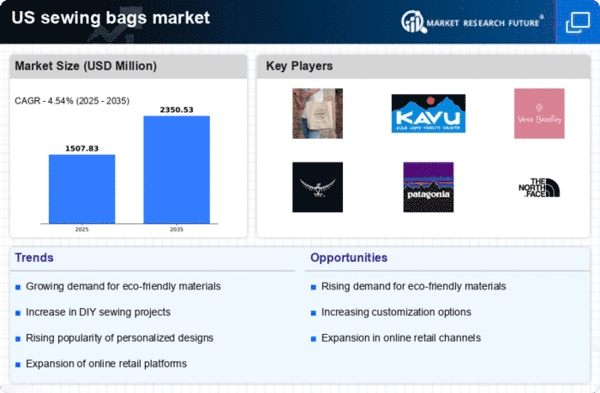
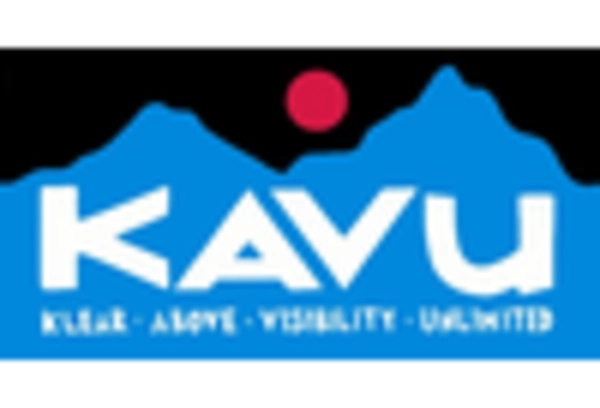
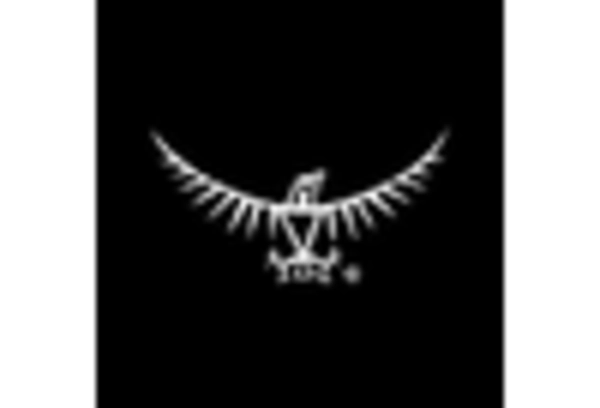
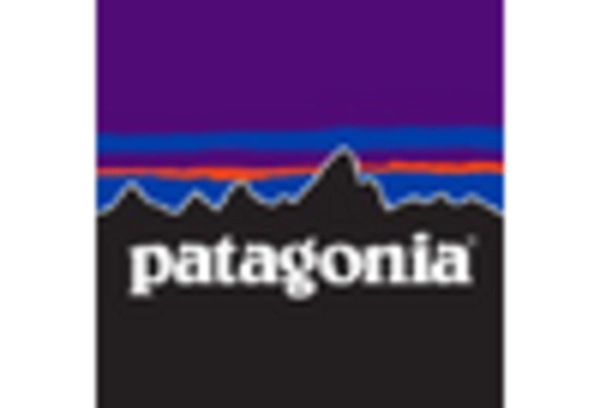
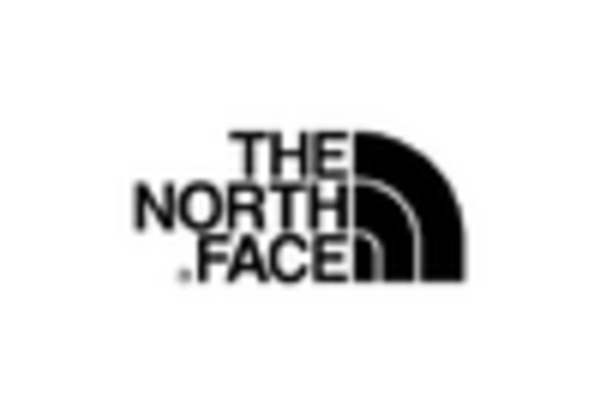
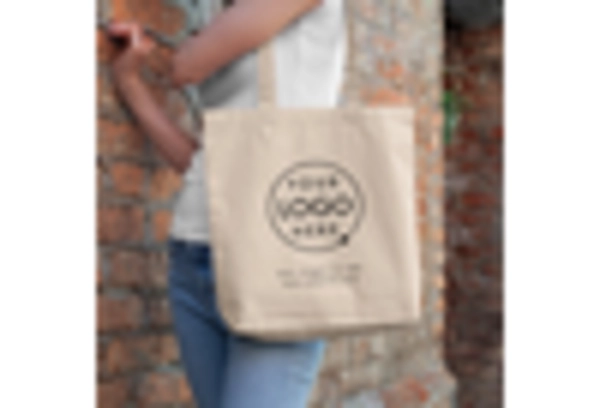
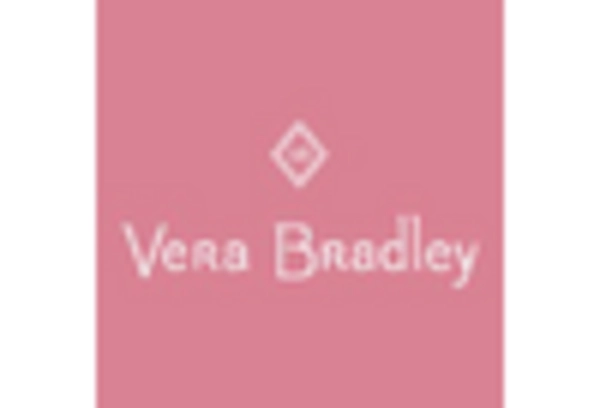








Leave a Comment